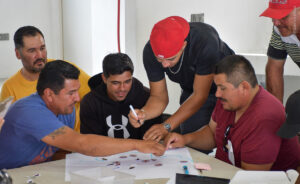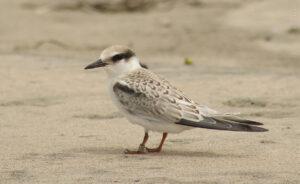The Colorado River is one of the most important tributaries in North America; without a doubt, it is essential for the ecosystems of the north of our country. This is especially true for the Colorado River Delta, located at the mouth of this river in the Gulf of Cortez between the states of Baja California and Sonora, whose fauna and flora depend almost exclusively on receiving water through this natural channel.
However, international agreements (some established in the 19th century when Mexico ceded part of its territory to the United States) have caused insufficient water from the Colorado River to reach Mexican lands. In addition, recent decades have been characterized by a severe drought, which is why a large part of the vast riverbanks and swamps of the Delta have drastically decreased, becoming a semi-desert area with little presence of plants and animals. In addition to the environmental impact, this also wreaked havoc on the population and economic activity in the area.
Fortunately, this area is experiencing a moment of recovery, thanks to the historic collaboration between Mexico and the United States to achieve scheduled water deliveries to the Colorado River Delta. It was on May 1, 2021, when the water began to flow within the framework of a continuous plan of vital and historical importance for both countries, implemented by the Mexican and United States sections of the International Boundary and Water Commission (CILA), with the support of the Alianza Revive el Río Colorado, which is made up of environmental organizations on both sides of the border, including Pronatura Noroeste. This process is supervised by the Act 323 Monitoring Group, which includes the National Water Commission and the United States Bureau of Reclamation.
The so-called Act 323 stems from the 1944 Treaty on International Waters between Mexico and the United States and constitutes the cornerstone of a strategy to overcome the impacts of climate change.
The water flows to Mexico last for 23 weeks to give an important respite to the habitat of numerous wildlife. These water discharges have been designed by a scientific team to match the natural flow that the Colorado River had in spring and to extend environmental benefits to the ecosystem.
This flow of water will facilitate the aquifer’s recharge, in addition to improving the soil quality for agriculture and allowing for the recovery of animal populations in the region.
We invite you to learn more about this conservation work and to invest in actions to manage more water for the Colorado River Delta.
















